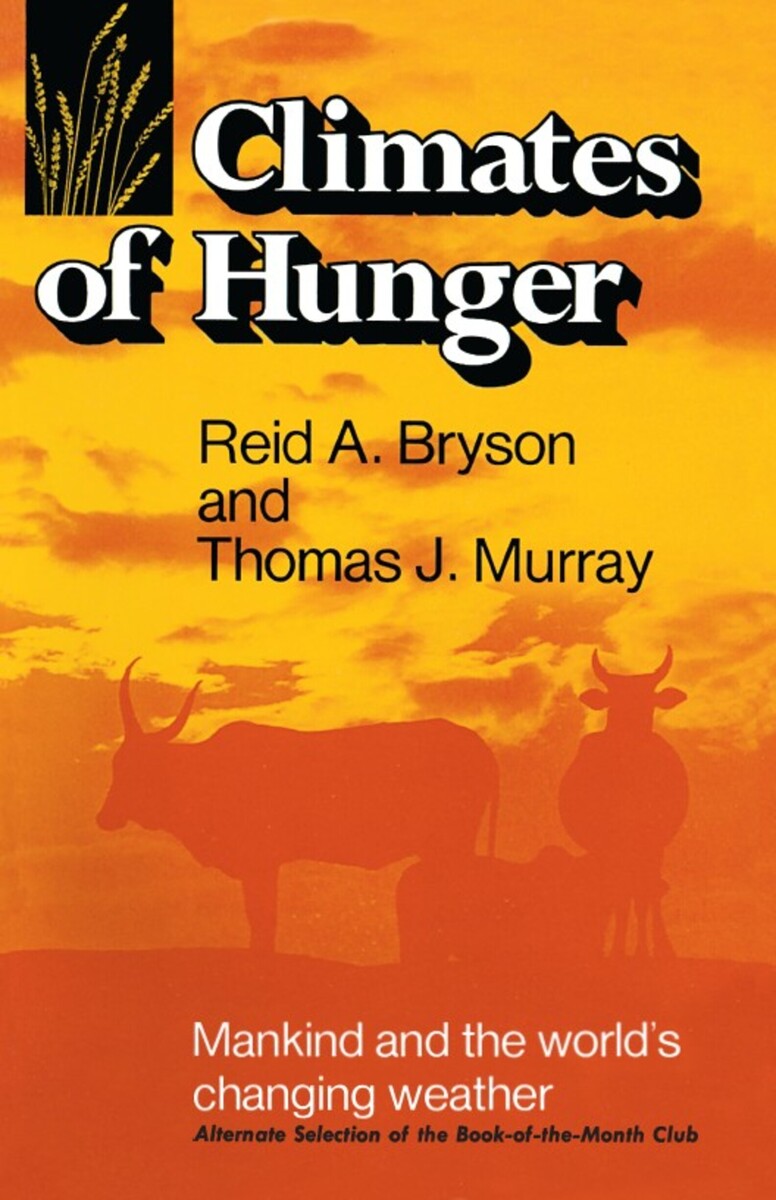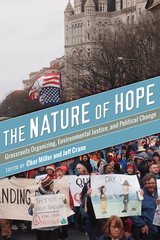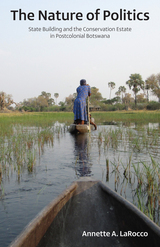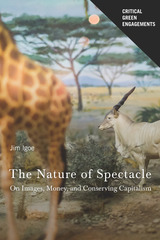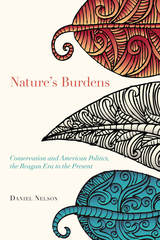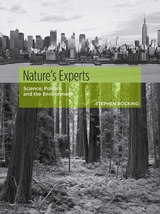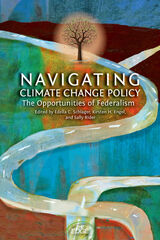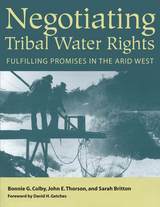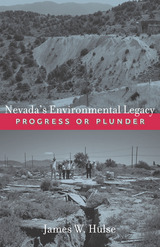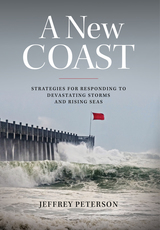Climates of Hunger: Mankind and the World's Changing Weather
University of Wisconsin Press, 1979
eISBN: 978-0-299-07373-2 | Paper: 978-0-299-07374-9
See other books on: Hunger | Mankind | Nature | Weather
See other titles from University of Wisconsin Press
eISBN: 978-0-299-07373-2 | Paper: 978-0-299-07374-9
ABOUT THIS BOOK | AUTHOR BIOGRAPHY | REVIEWS | TOC | REQUEST ACCESSIBLE FILE
ABOUT THIS BOOK
In recent years, world climate changes have drawn more attention than at any other time in history. What we once called "crazy weather," just a few years ago, is now beginning to be seen as a part of a logical and, in part, predictable pattern, an awesome natural force that we must deal with if man is to avoid disaster of unprecedented proportions.
Climates of Hunger is a book of paramount importance for our time. It will be essential reading not only for professionals in the field—including agricultural meteorologists, political scientists, geographers, sociologists, and business counselors—but for all who are concerned in any way with environmental trends, world and domestic food supplies, and their effects on human institutions.
See other books on: Hunger | Mankind | Nature | Weather
See other titles from University of Wisconsin Press
